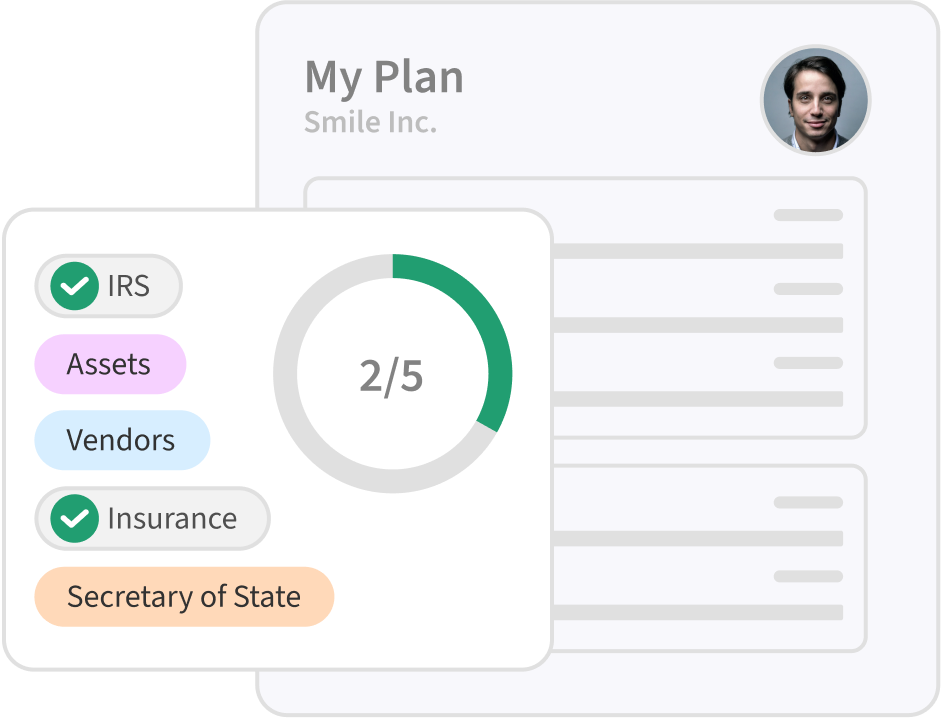The journey of an entrepreneur is rarely a smooth upward trajectory. Facing the closure of a startup can be a blow to your resources and confidence. However, this challenging period also presents a critical choice: give in to the setback or leverage the experience to grow and return stronger.
While it's natural to feel discouraged, dwelling on negativity will only hinder your progress. Instead, view this as an opportunity to refine your skills, learn from your mistakes, and emerge as a more resilient and savvy entrepreneur.
This guide offers actionable steps for founders to navigate the aftermath of startup failure and build a foundation for future success.
1. Accept and Analyze
Failure, whether large or small, is an inherent part of the entrepreneurial journey. While some may be discouraged after a setback, it's important to recognize that mistakes are valuable learning opportunities. Each stumble provides insights into what works and what doesn't, ultimately contributing to your knowledge base and refining your decision-making for future ventures.
Embrace the fact that failure is a common experience for startups (statistics show that 9 out of 10 startups fail). However, acceptance goes beyond simply acknowledging the statistic. Engage in self-reflection and document your experience:
What went wrong?
How could it have been avoided?
What steps can you take to prevent similar mistakes in the future?
This critical analysis will form the bedrock of your next venture.
2. Reassess and Restructure Your Finances
Reviewing your finances after a startup failure isn't about dwelling on losses, but rather about gaining valuable financial insights for your next venture.
Evaluate the financial impact: Identify outstanding debts, obligations, and areas where costs escalated. This comprehensive review provides a foundation for learning and improvement.
Develop a relaunch strategy: With a clear understanding of the financial situation, create a comprehensive plan to manage debts, optimize resource allocation, and secure funding for your future endeavor. This might involve renegotiating terms with creditors, implementing stricter budgeting practices, and establishing a roadmap for approaching potential investors.
Rebuild investor relationships: Transparency is key to regaining trust. Communicate openly with past and potential investors, sharing your learnings and demonstrating how you plan to address past issues in future ventures.
By approaching this financial review as a learning experience, you pave the way for a more financially secure and successful future startup.
3. Learn and Adapt
Beyond documenting your experiences, utilize this reflective period to identify any skill gaps that may have contributed to the failure. Here are some actionable steps:
Pinpoint areas of weakness: Analyze which aspects of the startup faltered. Was it marketing, product development, financial management, or leadership? Develop a plan to strengthen these areas and avoid repeating past mistakes.
Seek feedback: Reach out to former team members and investors for their perspectives on areas for improvement. External feedback can provide valuable insights and a more holistic understanding of the situation.
Expand your knowledge: Invest in your professional development by attending industry-specific workshops, seminars, and courses. Staying current with industry trends and advancements is crucial for future success.
4. Network and Engage With the Community
Tapping into your network and the broader startup ecosystem is essential for bouncing back. Actively engage with other entrepreneurs, not just for moral support but also for valuable insights and potential leads. Attend industry events, participate in online forums, and schedule coffee meetings with fellow founders.
Consider finding a mentor with relevant experience who can offer tailored advice and guidance. A good mentor will challenge your thinking, share valuable insights, and help you navigate the path forward.
Making mistakes and learning from them is great, but having a mentor with years of experience that helps you avoid those mistakes altogether is even better.
5. Structure Your Startup According to Your Needs
Starting fresh allows you to choose the optimal legal structure for your next startup.
Based on your past experience and future goals, consider whether a sole proprietorship, partnership, LLC, or corporation best suits your needs. Each structure has its own advantages and disadvantages regarding liability, taxes, and fundraising capabilities.
6. Take a Break to Recover Mentally and Physically
Building a startup demands immense physical, financial, and mental exertion. Following a shutdown, resist the urge to immediately jump back into the fray. Instead, prioritize self-care and take time to recover, even if you don't feel completely burnt out. This allows you to recharge, clear your mind, and gain fresh perspectives for planning your next move.
Seeking support is also crucial. Connect with other founders who have navigated similar experiences. Sharing your story and learning from others can provide valuable insights, reduce stress, and help rebuild your confidence.
Conclusion
The road to startup success is rarely linear. It is a journey marked by challenges, triumphs, and valuable lessons learned along the way. By embracing the insights gained from your previous experience and implementing the strategies outlined in this guide, you can emerge from startup failure even stronger and more prepared for future success.
Remember, you don't have to navigate this process alone. SimpleClosure can help streamline the startup closure process efficiently and affordably. If you're ready to move forward, let’s talk!

